Think a few bugs are harmless? Think again. A pest infestation starts small—but when overlooked, it quickly spirals into a major problem.
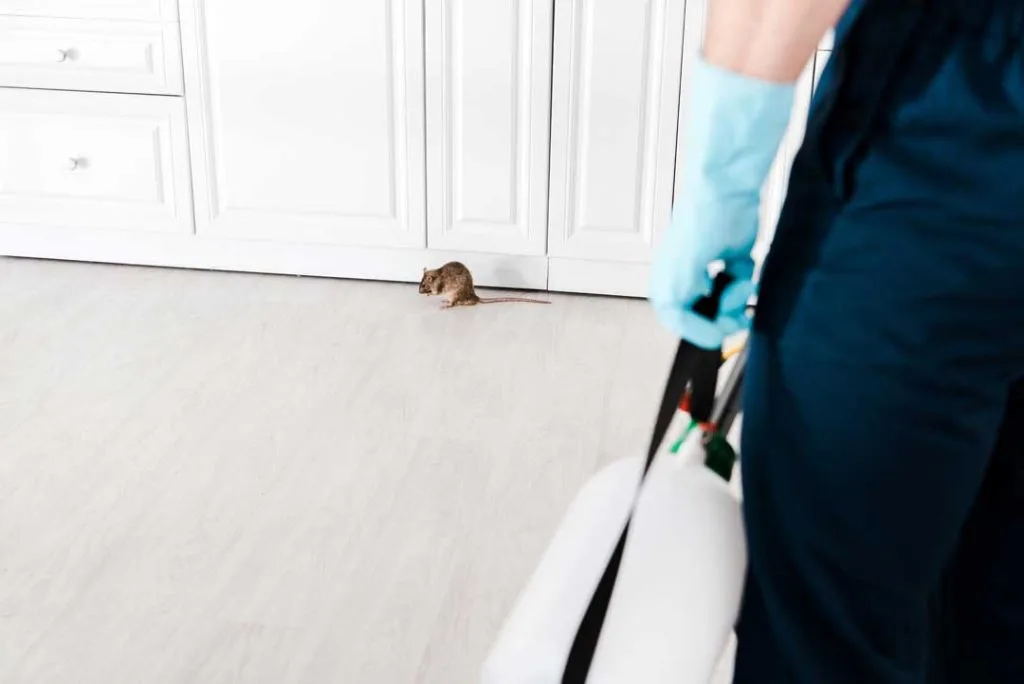
Pest control isn’t just about spraying chemicals or setting traps—it’s about understanding why pests show up in the first place. Most infestations don’t start with a swarm—they start quietly, with a few unnoticed crumbs, a bit of moisture, or one small gap in the wall.
Before you know it, those tiny intrusions can snowball into something much bigger. So how do you know when it’s just a stray bug… and when it’s time to take action?
What Causes a Pest Infestation? Warning Signs and Solutions
A single ant on the counter may not raise alarm—but what if it’s not alone?
Pest infestation doesn’t begin with a swarm. It often starts with small oversights like food left out or a leaky pipe. These little things send an open invitation to pests, who quickly settle in and multiply.
Let’s explore the most common scenarios that lead to pest infestations and what you can do to stop them before they become a full-blown problem.
What Is a Pest Infestation—and How Is It Different from a Few Bugs?
A few bugs might mean something got in. An infestation means something has decided to stay. Spotting a bug or two might just mean an insect wandered in. It’s not just about the number—it’s about behavior, breeding, and how integrated the pests are with your home’s environment.
An infestation means there’s a breeding population of pests that has made itself at home—nesting, reproducing, and expanding its footprint behind your walls, under your appliances, or in unseen corners.
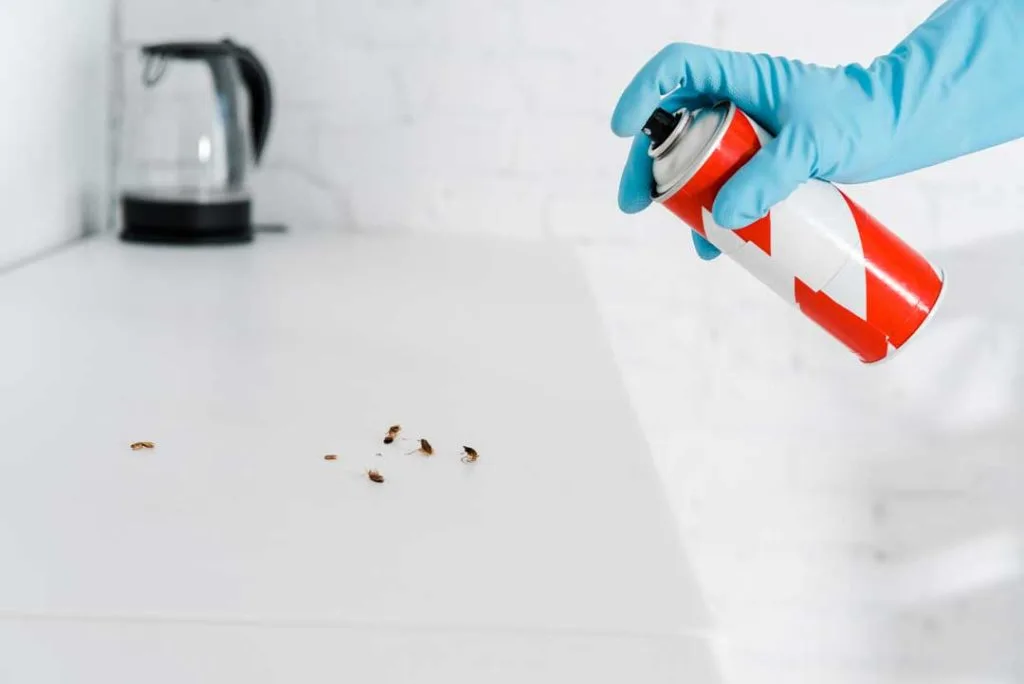
Roaches laying egg cases under your dishwasher, mice creating runways in insulation, ants setting up satellite colonies in wall voids—those are signs the ecosystem of your home is being altered.
Infestation, ecosystem shift. One bug on the counter might be harmless. But repeated sightings, droppings, chewed items, or odd smells? Those are signs that you’re not dealing with a visit—you’re hosting a colony.
How Poor Food Storage and Kitchen Habits Attract Pests
Pests don’t need a buffet—they’ll show up for a breadcrumb. Leaving cereal boxes unsealed, letting pet food sit out overnight, or storing flour in paper bags are all subtle invites. Crumbs, grease splatter, and even the sticky ring under a syrup bottle become gourmet meals to roaches and ants.
Regular pantry audits, airtight containers, and wiping down handles and corners can drastically reduce those “free food” signals that attract pests in the first place.

Most people think it’s about crumbs—but it’s actually about patterns and predictability. Pests don’t randomly roam; they follow scent trails, heat signatures, and habitual human behavior.
Leaving food out at night once tells a rat everything it needs: “You feed me at 2 AM.” Not cleaning behind a stove sets a permanent trail. Habits don’t just attract pests—they train them. That’s what turns a curiosity into colonization.
The Link Between Household Clutter and Pest Infestations
Think of clutter as a pest’s dream real estate: plenty of hiding spots, warmth, and protection from predators. Poor cleaning doesn’t just provide food; it masks the early warning signs—droppings, shed skins, or small chewed areas—until the problem is harder to reverse.
Cardboard piles, laundry heaps, or neglected basements are prime areas for pests to hide, multiply, and operate unnoticed. Tidy homes aren’t just aesthetically pleasing—they’re biologically hostile to pest communities.
It’s not just that clutter hides pests. It creates “shadow zones”—places with low airflow, stable temperature, and zero disturbance. That’s exactly what nesting pests want. Think of it like wildlife preferring dense underbrush.

Even high-end homes can have these if under-sink cabinets, basement corners, or storage bins go untouched. It’s not about mess—it’s about unmonitored space.
Why Moisture Problems Often Lead to Pest Activity
Water is life—for you and for pests. Leaky plumbing, soaked wood, and humidity create a spa-like environment for insects and rodents.
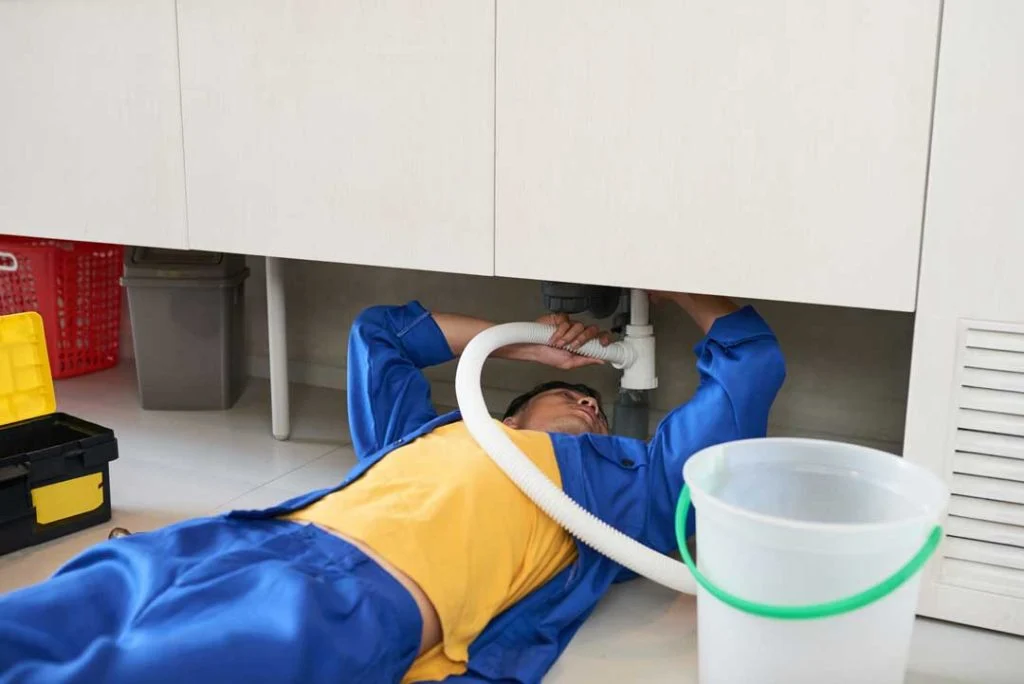
Termites, carpenter ants, silverfish, and even roaches thrive in damp spaces. Moisture also weakens structural materials, making it easier for pests to burrow or nest. If your home smells musty or has bubbling paint, it’s not just a cosmetic issue—it’s potentially a five-star pest hotel waiting to open.
Soft drywall is easier to nest in. Damp air masks pheromones and droppings, hiding evidence.
How Gaps, Cracks, and Entry Points Can Let Pests In
A gap the size of a pencil can let a mouse in. A crack as thin as a credit card? That’s an open door for ants. Pests don’t need a wide-open front door—just a vulnerable seam, foundation crack, or warped weatherstripping.
Once inside, they often remain unnoticed in attics, wall voids, or crawl spaces. Sealing these up isn’t just a home maintenance chore—it’s a frontline defense against invasion.
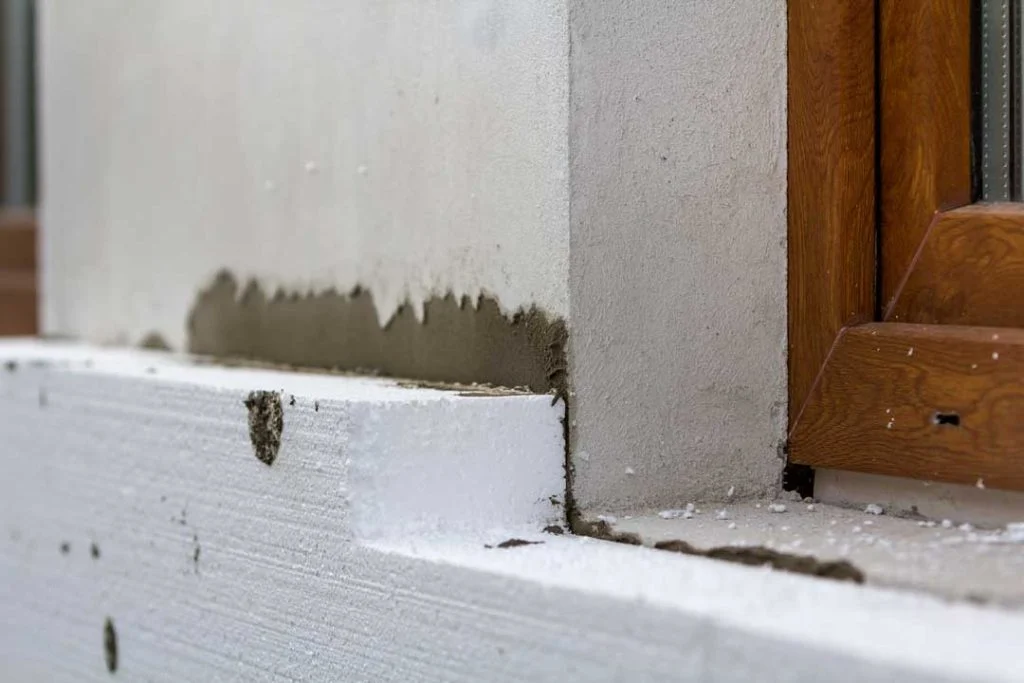
Structural gaps change air pressure and temperature gradients. That creates thermal plumes and scent trails that pests follow like GPS beacons.
Cracks around plumbing, air ducts, or siding don’t just let bugs in—they lead them in. Fixing gaps—and addressing issues like air duct repair—isn’t about blocking an entry; it’s about breaking the invisible signals pests follow.
Pest Infestation Risks in Apartments and Shared Buildings
In shared buildings, your clean apartment is only as protected as your neighbor’s. Pests travel through shared walls, plumbing lines, laundry rooms, and hallways. If one unit struggles with infestation, it can quickly become everyone’s problem—especially with lax management or infrequent pest inspections. Frequent tenant turnover and varying cleanliness habits also create instability, giving pests more chances to move in unnoticed.

Beyond shared walls and utilities, the real risk is the lack of coordinated response. One unit may treat for pests, while another doesn’t. That creates a rebound effect—pests just relocate and return. Infestations in apartments often follow this pattern: introduction → partial treatment → migration → recolonization. Add in turnover, delayed maintenance, and limited tenant control, and it’s a perfect storm of inconsistency pests exploit.
Seasonal Changes That Can Trigger Indoor Pest Infestations
Every season shifts the pest landscape. Fall and winter drive rodents and bugs indoors seeking warmth and food. Spring is prime time for breeding and nest-building. Summer’s heat often pushes ants and roaches inside looking for water. The pests themselves change, but the pattern doesn’t: seasonal transitions stress pests and prompt them to find better conditions—often in your home.
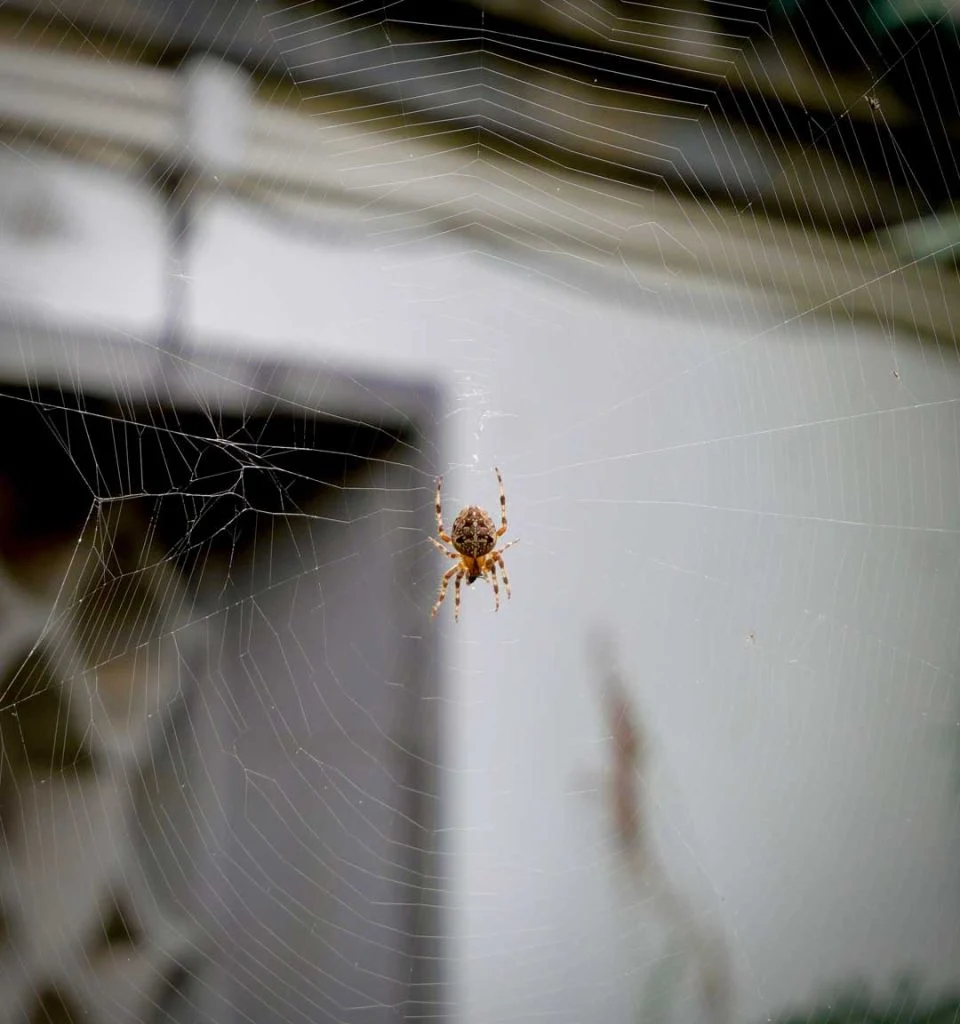
The key isn’t just temperature—it’s disruption of outdoor food and shelter sources. When natural resources dry up, pests go into search mode. For instance: autumn leaf drop collapses outdoor insect populations, driving spiders indoors.
Drought dries out soil, sending ants to your pipes. Winter snow? Rodents start mapping heat signatures from vents and foundations. Your home becomes the fallback habitat when nature gets tough.
Can Pets Bring Pests Into Your Home? What to Watch For
Pets can unintentionally roll out the red carpet for pests. Food bowls left out, crumbs in bedding, and toys hidden in corners create micro-environments full of pest fuel. Fleas and ticks hitchhike in on fur, while leftover kibble attracts ants and roaches. Even the backyard can be a gateway—if you doggy rolls around in flea-prone grass or tracks mud (and larvae) inside, that’s all it takes to start a new pest chapter indoors.

Pets are basically biological delivery services. But beyond fleas and ticks, they also affect pest behavior. Rodents may avoid areas where dog scent is strong—but then concentrate in other areas. Roaches might feed off pet hair or dried drools in corners. And spilled kibble? It’s nutrient-dense, easy to stash, and doesn’t spoil quickly—perfect for pest caching. Pets create “micro-ecosystems” pests can exploit when humans aren’t looking.
Early Warning Signs Your Home Might Be Infested
Pest problems often start quietly. Odd smells (musty or oily), unexplained noises (like scratching in walls), grease marks, tiny droppings, or chew marks on packaging are all early signs.
You might also notice your pet staring at a wall or acting strangely near baseboards. Think of these as a puzzle: one sign might be nothing, but several? You may already be living with squatters.
Early infestation indicators are shifts in pattern and presence. Have you suddenly stopped seeing spiders in the garage? Something bigger may be eating them.
A sudden increase in moths might not be a spring thing—it could mean eggs are hatching in your dry goods.

Changes in your environment’s rhythm often signal pest activity long before the signs are visible.
Infestations don’t just happen—they build over time. Noticing the early signs and breaking pest-friendly patterns can save you from bigger problems down the road. Stay proactive, and your home stays yours—not theirs.

Jessi is the creative mind behind The Coffee Mom, a popular blog that combines parenting advice, travel tips, and a love for all things Disney. As a trusted Disney influencer and passionate storyteller, Jessi’s authentic insights and relatable content resonate with readers worldwide.
